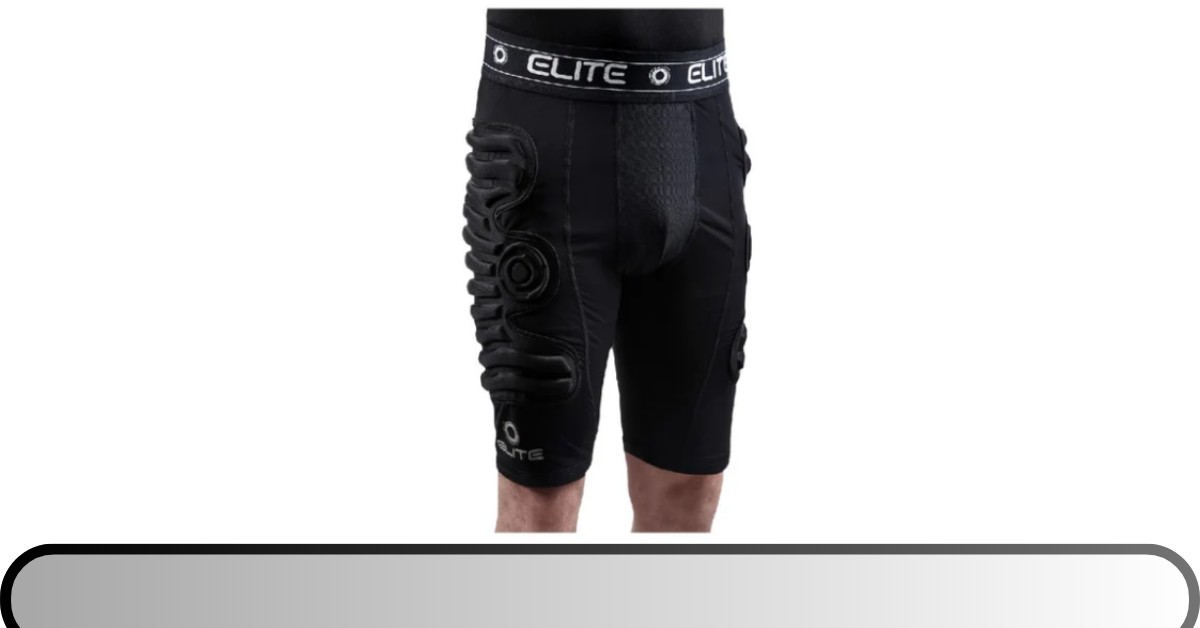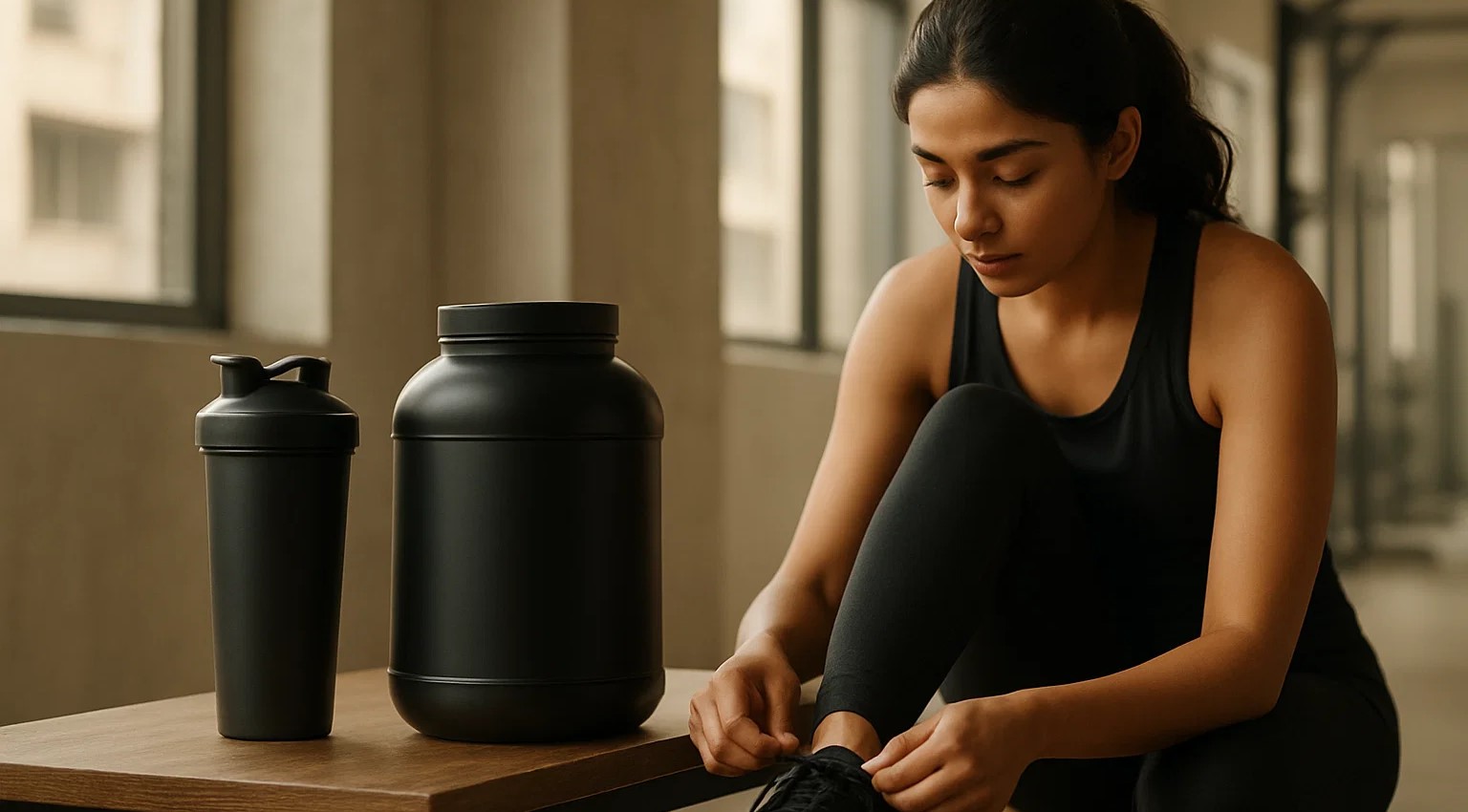Compression Shorts vs. Regular Shorts: Which is Better for Goalkeepers?

Strong 8k brings an ultra-HD IPTV experience to your living room and your pocket.
Goalkeepers are known for their agility, quick reflexes, and ability to make dramatic saves. But the right gear plays a crucial role in enhancing their performance and protecting them during intense gameplay. One of the key pieces of equipment is shorts, and in this article, we’ll compare compression shorts with regular shorts to determine which is better for goalkeepers.
Role of Shorts in Goalkeeping
Goalkeepers engage in high-intensity movements such as diving, sprinting, and quick direction changes. Whether it’s a penalty kick or a crucial save, the right pair of shorts can make a difference in comfort, mobility, and even injury prevention. Shorts come in many styles, but for goalkeepers, the primary focus is on those that offer support, flexibility, and durability.
Regular shorts are a staple for most players, but compression shorts are becoming increasingly popular due to their unique benefits. Understanding the advantages and drawbacks of both can help goalkeepers choose the best option for their needs.
What Are Compression Shorts?
Compression shorts are designed to fit snugly around the body and apply gentle pressure to the muscles and joints. Made from a blend of elastic materials such as spandex and nylon, these shorts are engineered to improve blood circulation, reduce muscle fatigue, and provide support during physical activity.
Many athletes, including goalkeepers, wear compression gear for its potential to enhance performance and reduce recovery time, compression shorts also feature moisture-wicking properties, which keep players dry and comfortable during extended periods of activity.
Key Benefits of Compression Shorts for Goalkeepers
- Improved Muscle Support: Compression shorts provide consistent pressure that helps to stabilize muscles, reducing the risk of strains and injuries. This is particularly beneficial for goalkeepers who frequently engage in quick lateral movements, dives, and high-impact actions.
- Enhanced Blood Circulation: The snug fit of compression gear boosts blood flow to key muscle groups, aiding in faster recovery and increased endurance. For goalkeepers who often perform rapid bursts of speed, better circulation can help reduce the feeling of fatigue.
- Moisture Management: Goalkeepers are constantly moving, and perspiration is inevitable. Compression shorts are designed with moisture-wicking fabric, which draws sweat away from the body, keeping the skin dry and preventing discomfort.
- Reduced Muscle Fatigue: The support provided by compression shorts can help reduce muscle vibration, which is known to cause muscle fatigue. By minimizing this fatigue, goalkeepers can maintain peak performance throughout the game.
Regular Shorts: The Traditional Choice for Goalkeepers
Regular shorts, typically made of lightweight cotton, polyester, or other breathable materials, are the go-to option for many goalkeepers. They offer plenty of freedom and comfort, making them ideal for players who prefer a loose, relaxed fit.
Benefits of Regular Shorts
- Freedom of Movement: One of the primary advantages of regular shorts is the freedom they provide. Goalkeepers can move freely without feeling restricted, which is crucial when trying to make a quick save or react to a fast-moving ball.
- Breathability: Most regular shorts are made from breathable materials that promote air circulation, keeping the goalkeeper cool during the match. This is especially important during high-energy games or in warm weather conditions.
- Cost-Effective: Regular shorts are typically more affordable than compression gear. For goalkeepers on a budget, regular shorts can still provide the comfort and flexibility needed without the added cost of specialized compression apparel.
Drawbacks of Regular Shorts
- Limited Muscle Support: Regular shorts do not provide the same level of support and muscle stabilization as compression shorts. This lack of support can increase the risk of muscle strains and fatigue, especially when performing explosive movements.
- Less Moisture Management: While regular shorts can be breathable, they often lack the advanced moisture-wicking technology found in compression shorts. This means that goalkeepers may feel wet and uncomfortable during prolonged periods of play.
Which Option Is Better for Goalkeepers?
Both compression shorts and regular shorts have their advantages, but when it comes to goalkeepers, compression shorts tend to offer a few more benefits that can directly impact performance and injury prevention.
Goalkeepers who engage in fast-paced movements, dives, and high-intensity actions may benefit more from the muscle support and improved circulation that compression shorts provide. The enhanced recovery properties can help goalkeepers maintain focus and energy levels throughout the game.
On the other hand, regular shorts are better for players who prioritize comfort and freedom of movement above all else. They’re ideal for goalkeepers who prefer a looser fit and aren’t as concerned with muscle support or fatigue management.
Ultimately, the choice between compression shorts and regular shorts comes down to personal preference and playing style. If you’re a goalkeeper who values support, muscle stabilization, and moisture management, compression shorts could be the better option for you. However, if comfort, breathability, and freedom of movement are your top priorities, regular shorts may still be a suitable choice.
Each type of short offers unique benefits, so it’s important to consider your individual needs, the climate you play in, and how you want to feel during the game. Regardless of which option you choose, make sure you’re equipped with the best gear for your game and always prioritize your comfort and performance on the field.
Note: IndiBlogHub features both user-submitted and editorial content. We do not verify third-party contributions. Read our Disclaimer and Privacy Policyfor details.







